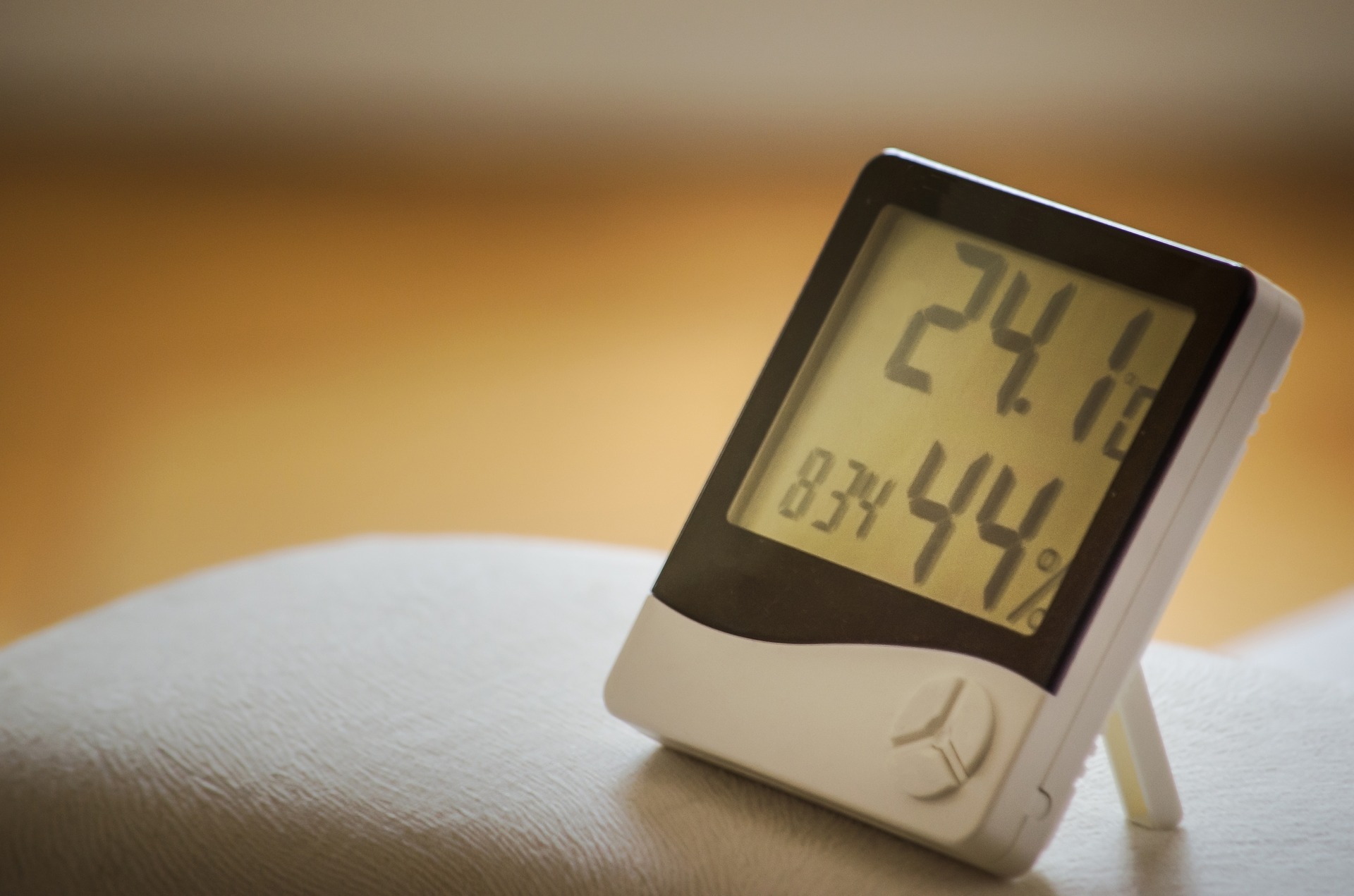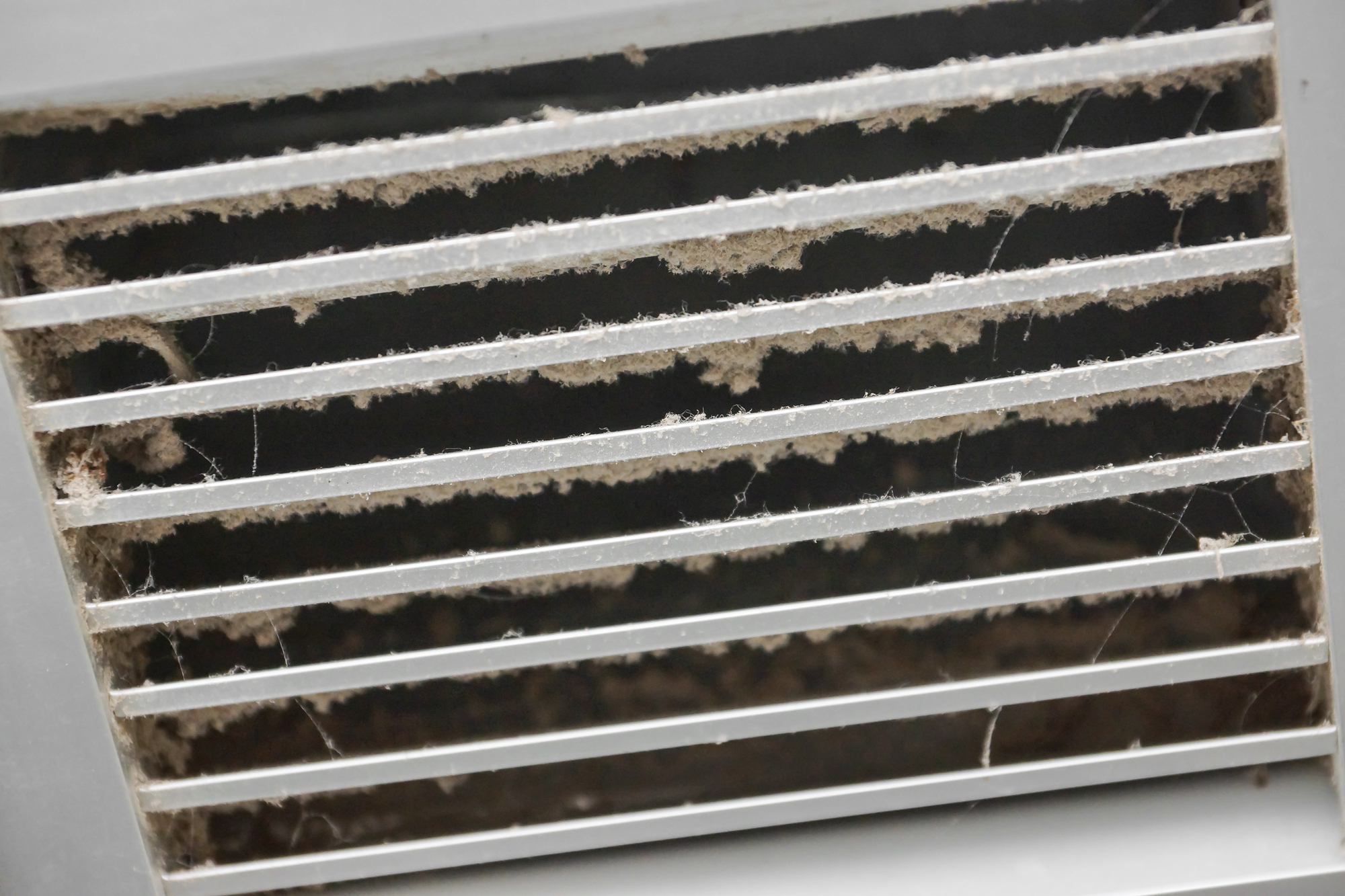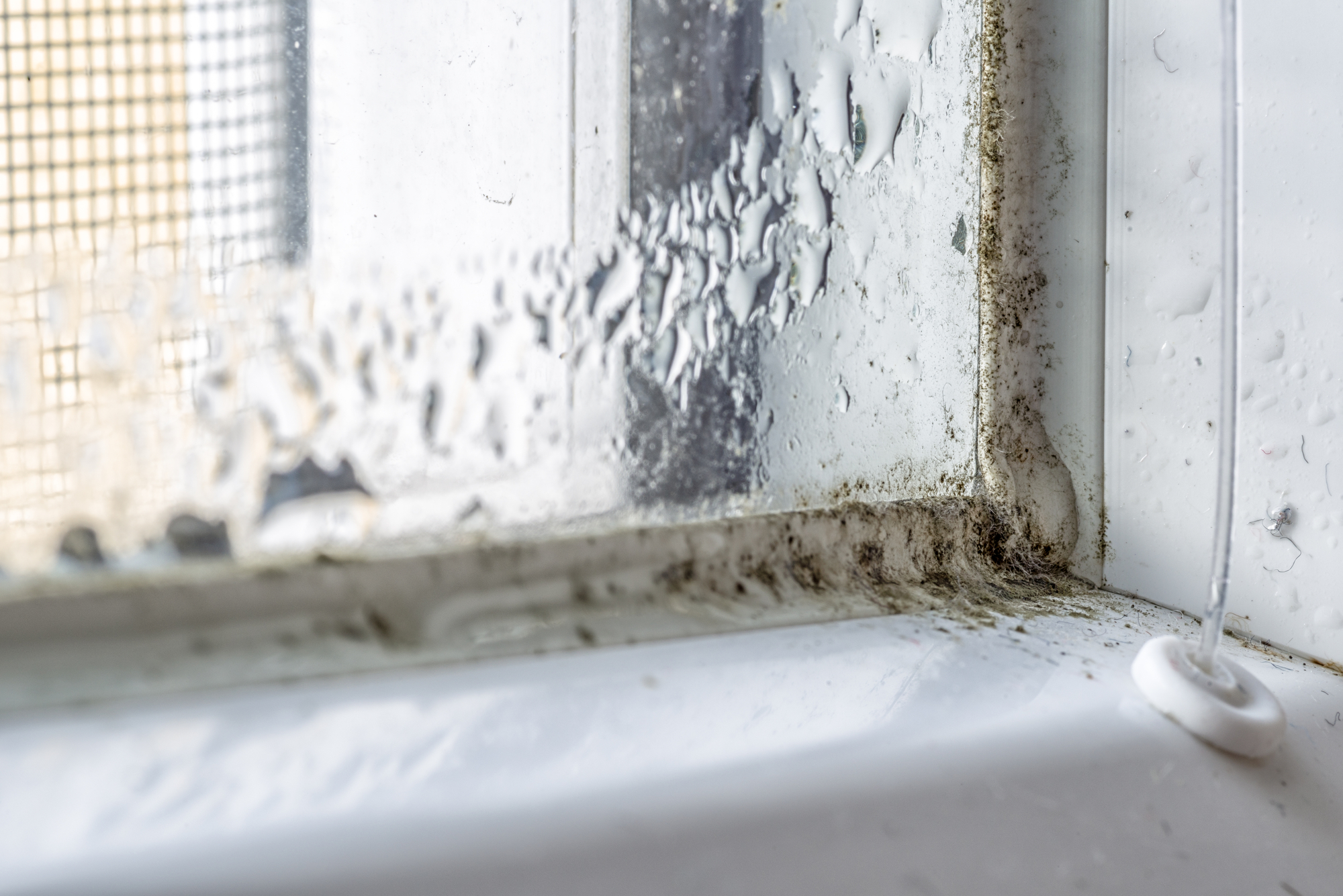How to control the humidity level in the house?

March 13th, 2020
Humidity levels play a major role in the quality of your indoor air. We’ve written about how dampness is one of the most common causes of indoor pollution in homes, but dryness can also lead to several health conditions and low indoor air quality.
Seasonal weather changes can make it very challenging to maintain a safe and comfortable humidity level in one’s home. In Gatineau, Ottawa and the Outaouais Region, indoor air becomes overly dry in the winter and then unpleasantly humid in the summer.
In this article, the indoor air experts at Solution d’Air answer these most commonly asked questions about controlling indoor humidity:
- What is a safe humidity level in a home?
- How can we control the humidity level in the house?
- What does an air exchanger do to help humidity?
- When do we need to clean an air exchanger?
What is a safe humidity level in a home?
Health Canada recommends keeping the humidity above 30% in winter and making sure it doesn’t exceed 55% in summer. Ideally, it should be somewhere between those percent values at all times. You can easily measure the humidity level of your home with a hygrometer, available at most home improvement or hardware stores.
Without measuring exactly, excess humidity is easy for homeowners to spot by looking for foggy windows, the presence of mildew or musty odors, or skin that feels clammy. Overly dry air will cause discomfort in the throat, eyes and make skin feel itchy.
How can we control the humidity level in the house?
There are lots of factors that lead to excess humidity in the home. Each person in the home releases 1.25 litres of water into the air per day just through breathing and sweating alone! Add to that the moisture produced through showering, cooking and doing laundry, and before you know it, you’ve got overly humid indoor air, even during the dry winter season.
The key to getting rid of the extra moisture in the air is ventilation. Kitchen and bathroom ventilation fans are an effective way to get rid of excess humidity and condensation, but these ceiling ventilation fans also suck out uncontrolled amounts of warm or cool air that your furnace and air conditioner have worked hard to produce. In a similar vein, cracking open a window or door works well to allow moisture to escape, but is ineffective when it comes to maintaining temperature and saving energy.
So what is the best way to control humidity in the home while maintaining a comfortable temperature and reducing energy waste? Enter the air exchanger.
What does an air exchanger do to help humidity?
As the name suggests, air exchangers work by pushing stale air out of the home and exchanging it with fresh air which is filtered back into your house. These systems are very energy efficient and can be set to any level of humidity in your home; it simply gets connected to the existing ductwork on your furnace.
Air exchangers are particularly effective when it comes to controlling the humidity in your home because as the indoor air starts to grow too moist, the air exchanger will kick in and force out the moisture. At the same time, cooler, dryer air will be brought into the house by the air exchanger and this continuous cycling of fresh air in your home will create the perfect level of humidity to keep your family comfortable and healthy.
When do we need to clean an air exchanger?
As with any part of your larger HVAC system, in order to do its job of improving your health and the air quality in your home, an air exchanger needs to be properly maintained. Here are some general maintenance guidelines to follow:
For the homeowner:
- Filters should be checked at least every three months although this could be required more or less frequently depending on your family’s lifestyle (pets, wood burning stoves, construction debris, etc. can increase the amount of pollutants in your ducts).
For your trained HVAC professional:
- Air exchanger components such as the recovery core, ventilator, drain pan, and exhaust duct, need to be cleaned at least once a year
- The fan needs to be cleaned without water. The delicate blades can be easily unbalanced with even the slightest pressure and negatively affect your air exchanger’s performance
- Air exchanger ducts (both hard and soft) need to be cleaned with a special device designed for the twists and turns ducts make as they wind through your walls and floors
If you have questions about how to control the humidity level in your home or whether or not an air exchanger can make your house more comfortable and healthy for your family, don’t hesitate to contact the professionals at Solution d’Air. We’re happy to help and are committed to helping our clients achieve the best possible indoor air quality.









